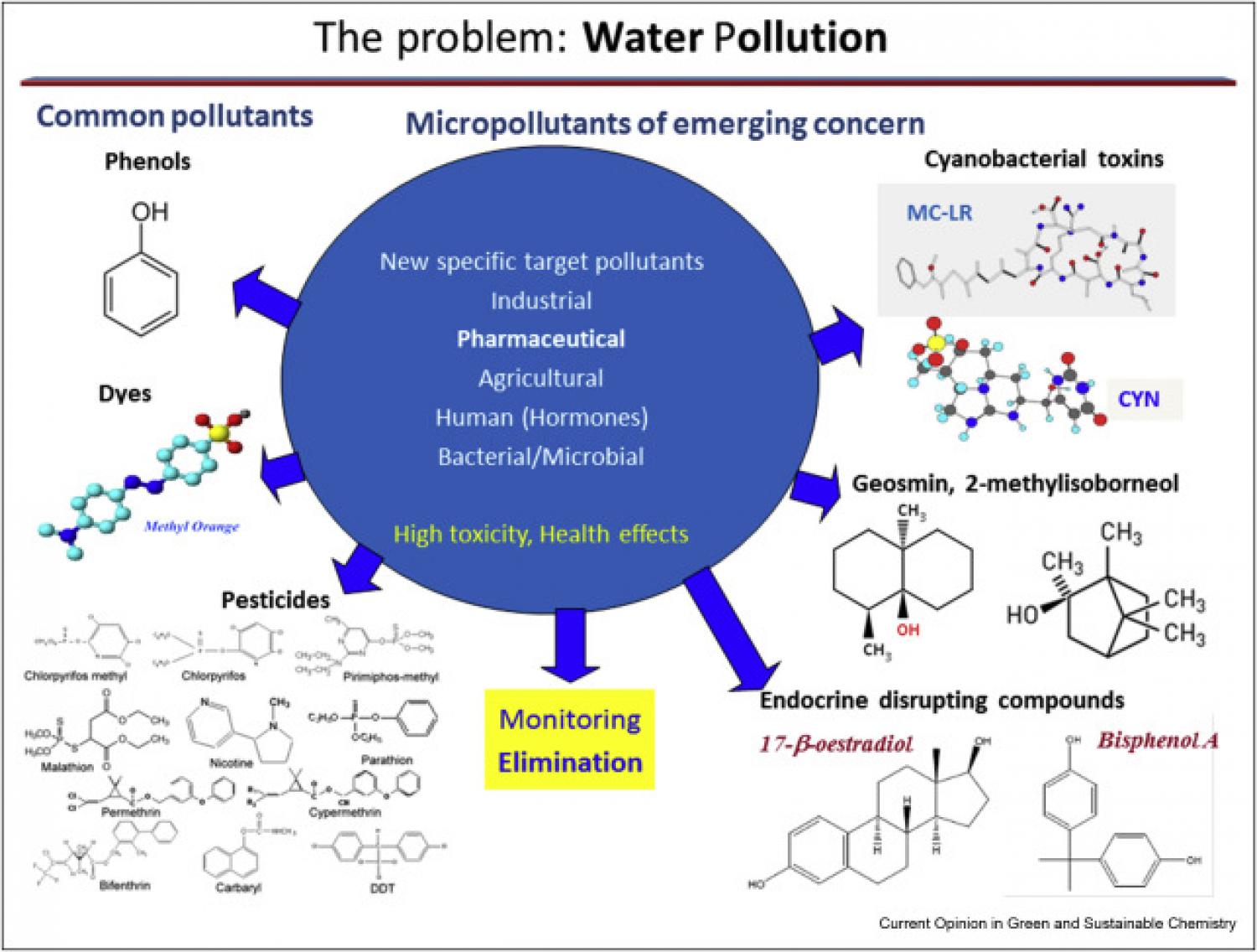
Nanotubes with large accessible surface area, high adsorption capacity, easy separation of the generated charge carriers, and high photocatalytic reaction rates were prepared using simple, low-cost, and highly efficient wet-chemistry techniques, permitting optimum control of their structural and optoelectronic properties. These promising materials (semiconducting metal oxides, carbon nanotubes, and their composites) were successfully applied in the photocatalytic degradation of emerging organic contaminants and noxious drug substances present in effluents and water treatment plants. The existing literature results and current coordinated works targeting visible light functionalities, device engineering, and better understanding of the mechanism of pharmaceuticals degradation (including performance optimization, intermediates determination, and reaction pathways) justify the increased interest for practical applications based on these nanotubular photocatalysts in water effluents containing recalcitrant pharmaceuticals.
